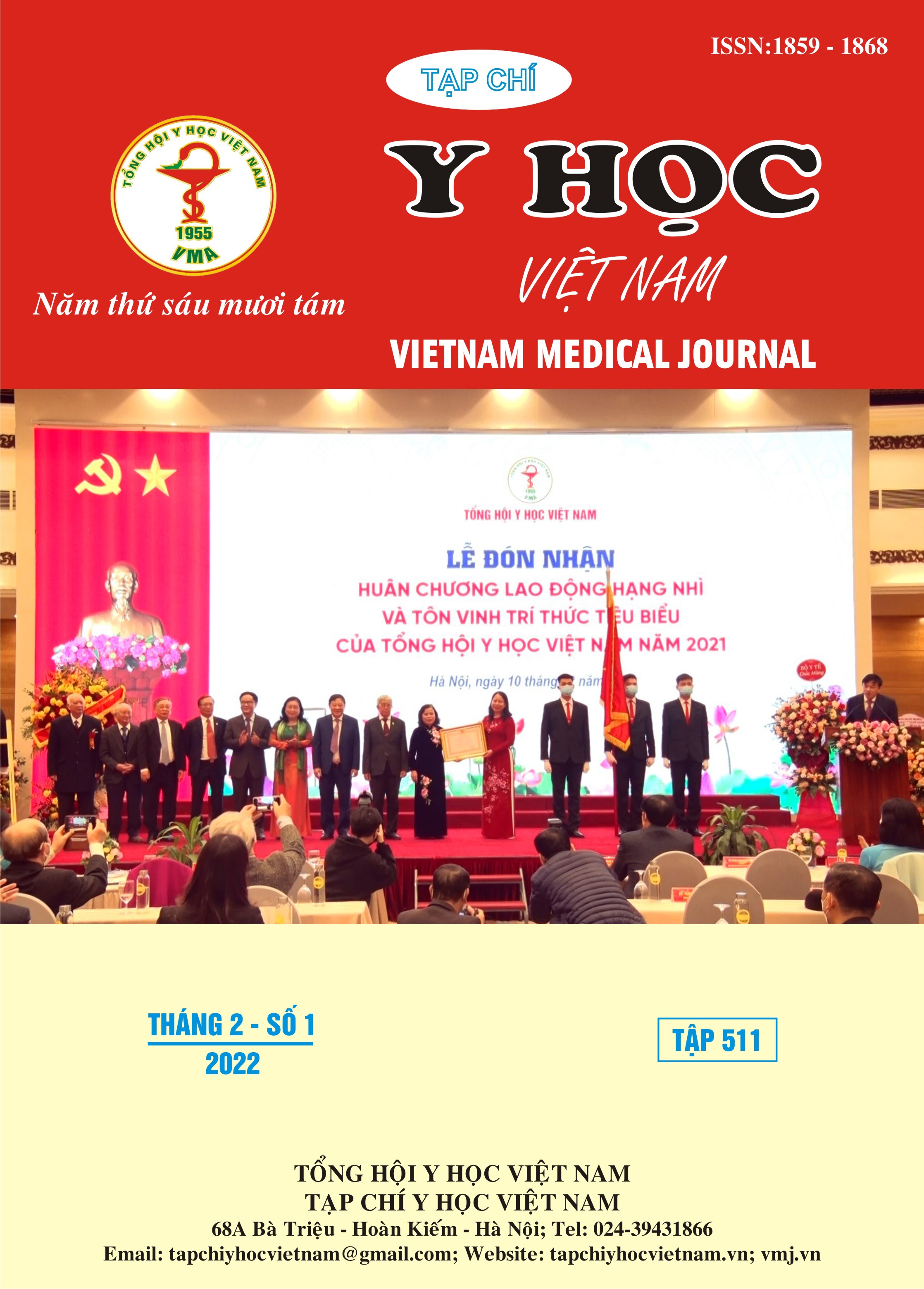PLUG-ASSISTED RETROGRADE TRANSVENOUS OBLITERATION FOR THE TREATMENT OF GASTRIC VARICEAL HEMORRHAGE
Main Article Content
Abstract
Objective: The aim of this study was the evaluation of the safety and clinical outcome with the vascular plug-assisted retrograde transvenous obliteration (PARTO) for the treatment of gastric varices bleeding. Subjects and methods: The patients diagnosed of bleeding of gastric varices (GVs), who had undergone PARTO, were evaluated technical and clinical efficiency and improved the endoscopic. Results: A total of 32 patients were enrolled and then performed by PARTO procedure. The average age of patients was 53 years in the range from 33 to 79 years and the 30 patients (93.8%) were men. The obtained results pointed out that the mainly cause of cirrhosis came from alcohol observed in 29 patients (90.7%). Among 32 patients with GVs, 20 patients were observed with active variceal bleeding, 11 patient were observed with experienced recent bleeding, and one patient was in danger rupture. All of patients were followed up for more than 3 months and showed complete obliteration of the GVs and the portosystemic shunts. The clinical success rate was 90.6% (29 patients) and rebleeding rate was observed in 9.4% (3 patients) during follow up. The complications including the fever was seen in 4 patients (12.5%), abdominal pain was observed in 3 patients Conclusion: PARTO is technically feasible, safe, and effective for gastric variceal hemorrhage in patients with portal hypertension .
Article Details
Keywords
PARTO, Variceal bleeding, Portal hypertension
References
2. de Franchis, R. and M. Primignani, Natural history of portal hypertension in patients with cirrhosis. Clin Liver Dis, 2001. 5(3): p. 645-63.
3. Chikamori, F., et al., Eight years of experience with transjugular retrograde obliteration for gastric varices with gastrorenal shunts. Surgery, 2001. 129(4): p. 414-20.
4. Chang, M.-Y., et al., Plug-Assisted Retrograde Transvenous Obliteration for the Treatment of Gastric Variceal Hemorrhage. Korean journal of radiology, 2016. 17(2): p. 230-238.
5. Akahane, T., et al., Changes in liver function parameters after occlusion of gastrorenal shunts with balloon-occluded retrograde transvenous obliteration. Am J Gastroenterol, 1997. 92(6): p. 1026-30.
6. Bellary, S.V. and P. Isaacs, Disseminated intravascular coagulation (DIC) after endoscopic injection sclerotherapy with ethanolamine oleate. Endoscopy, 1990. 22(3): p. 151.


